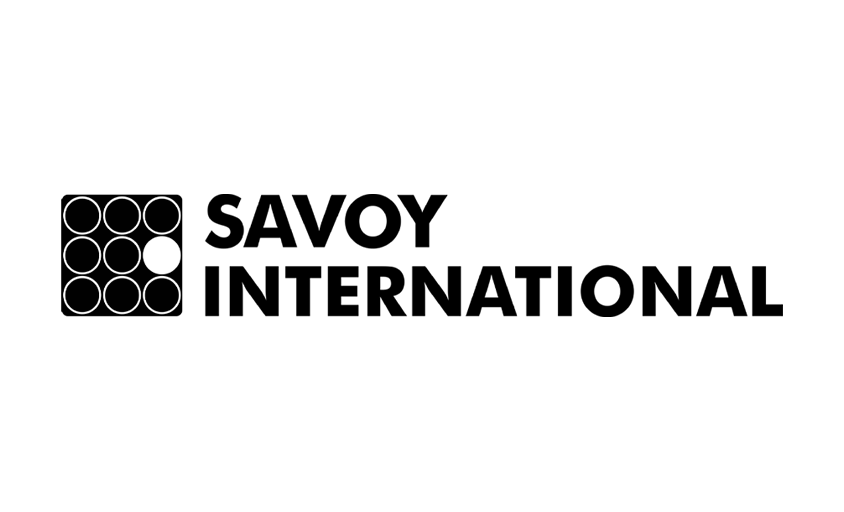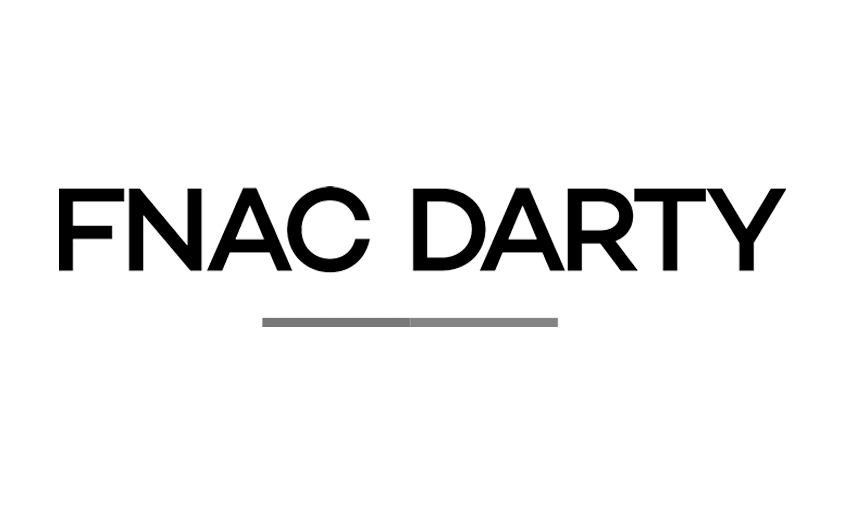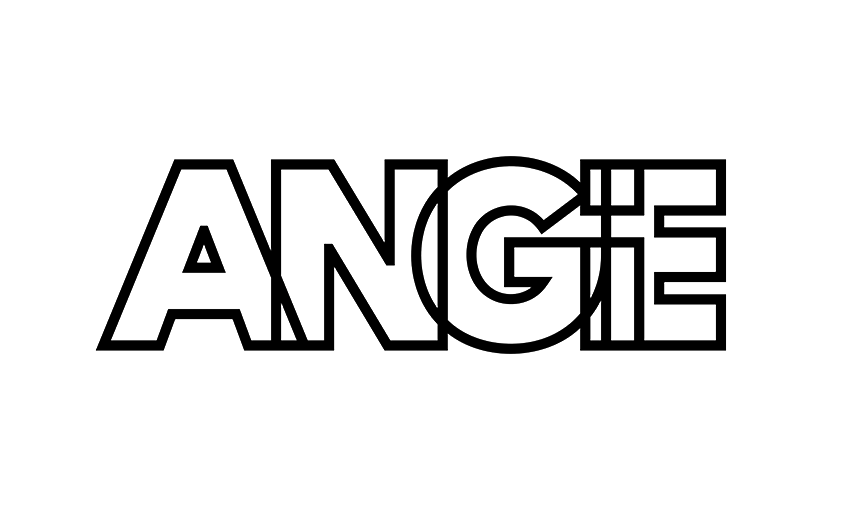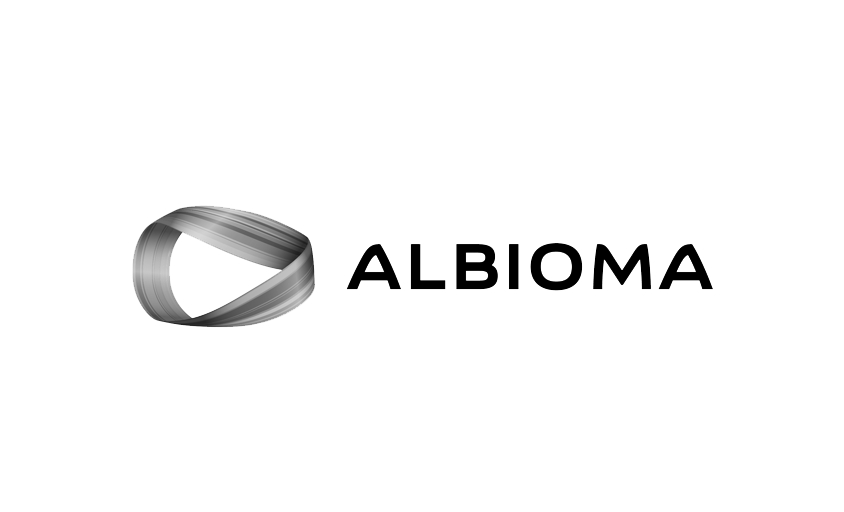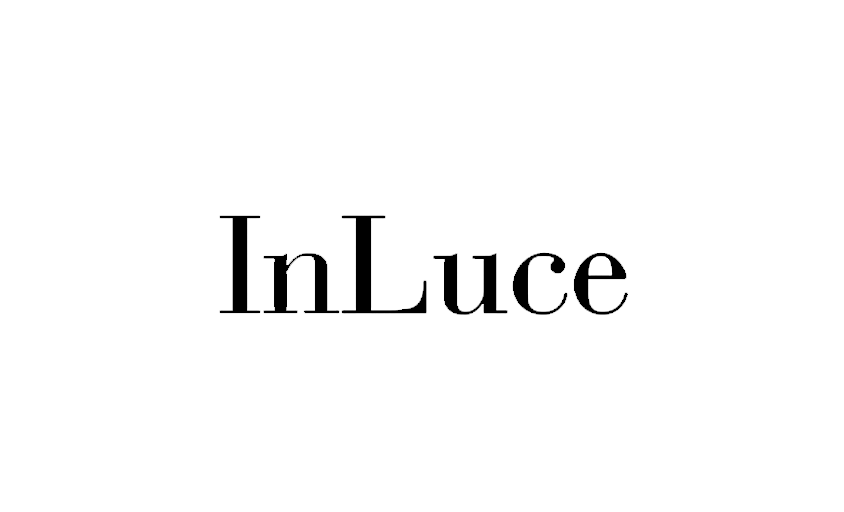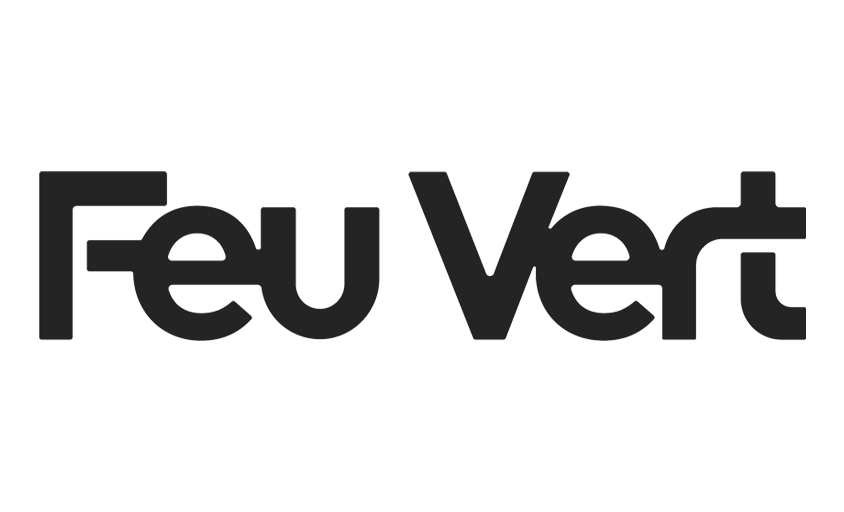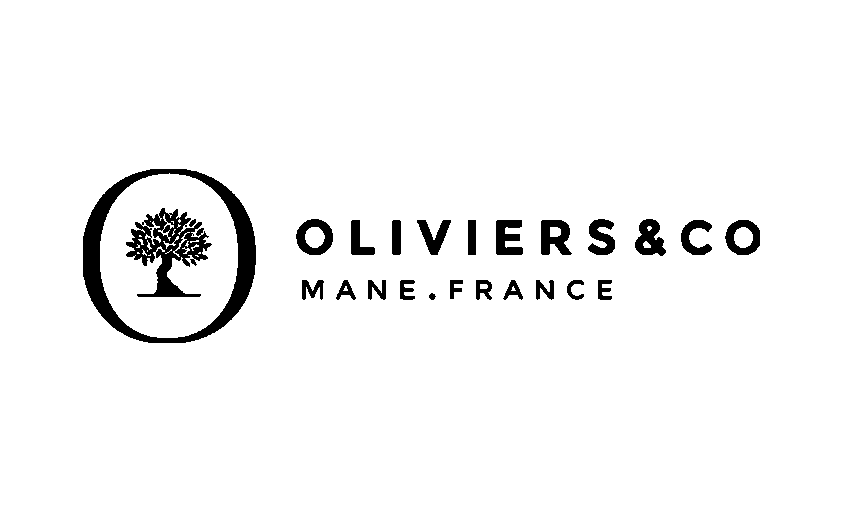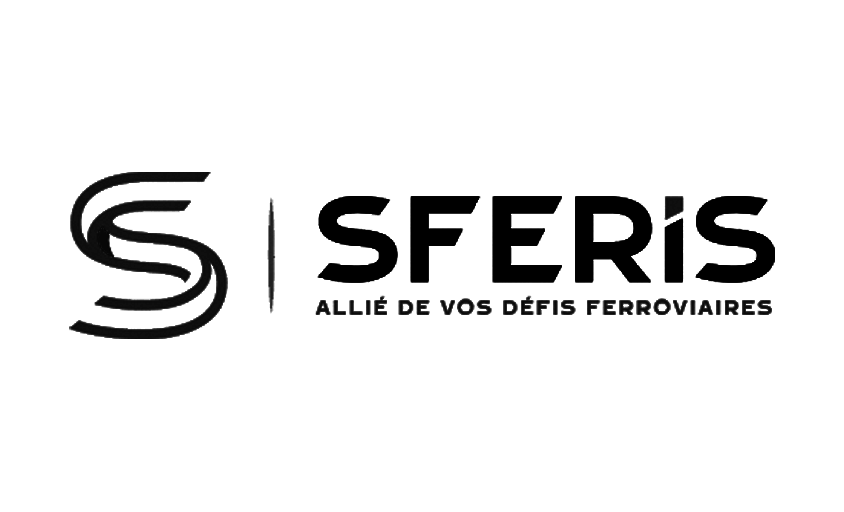Monitor
In this article :
Image professionals, particularly photographers, require monitors that offer exceptional color accuracy and precision to ensure their work is perceived by clients exactly as intended. The difference between specialized monitors, such as those by Eizo, and standard office displays is significant, directly impacting the quality of the final output and client satisfaction.
Key Features of Professional Monitors
- Wide Color Gamut: Monitors designed for image professionals often support a broad color gamut, such as Adobe RGB or DCI-P3, allowing for richer and more accurate color display than standard office monitors, which are typically limited to the sRGB gamut.
- Precise Calibration: High-end monitors include advanced calibration tools to adjust and maintain color fidelity. This is critical for print and digital work where color consistency is essential.
- Display Uniformity: Screen uniformity technology ensures that colors and brightness remain consistent across the entire screen surface, avoiding variations that can distort image assessment.
Comparison with Office Displays
Office monitors are usually designed for general-purpose tasks like word processing, web browsing, and multimedia viewing. While more affordable, they often lack color accuracy, calibration capabilities, and uniformity—making it difficult for image professionals to work with precision.
Impact on Clients’ Color Perception
When professionals share their work with clients, the client’s screen quality plays a crucial role in how colors and details are perceived. Variations in panel technologies (such as IPS, OLED, and TN) can lead to significant differences in image appearance. For example, OLED screens offer high contrast and deep blacks, while IPS panels are known for better color reproduction and viewing angles.
Considerations for Image Professionals
- Client Communication: It’s important to educate clients about how their own display equipment can affect the perception of colors and image details.
- Standardization: Using standardized color profiles and sharing those specifications with clients can help reduce perceptual discrepancies.
- Previewing Across Devices: Testing images on various types of screens and print media provides better insight into how work will appear to diverse audiences.
Conclusion
Monitors tailored for image professionals provide significant advantages in color fidelity, accuracy, and uniformity, crucial for photographers and visual creators. Understanding the differences between screen types and their impact on color perception is key to ensuring work is viewed and appreciated in the best possible conditions by both professionals and clients alike.
Jérémy Carlo is the editorial director at Rétines, where he ensures the consistency and clarity of all content produced by the studio.
Our Clients
Let’s discuss
What we do for you at Rétines
Meticulous work, an organised project and fast delivery. And to achieve this, we mobilise the right resources in our teams at the right time.
01
Pre-production
Artistic and technical direction tailored to the project.
Relevant recommendations on content, form and resources.
02
Photo Shooting
Photos taken by our experienced photographers.
Production that’s controlled, efficient and tailored to the needs of the project, with nothing superfluous.
03
Retouching
Technique
Photographs magnified by our retouching team.
Post-production to meet the commercial challenges of the brief.

